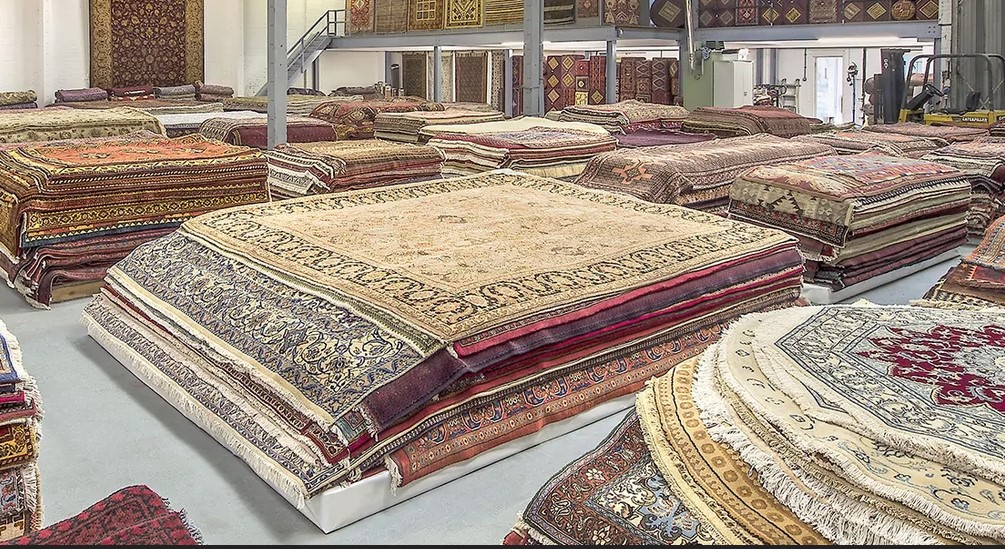Persian rugs are among the most treasured possessions. These beautiful hand-woven mats can be found in homes or offices. The fact that they’re handmade makes these pieces of art even more valuable. However, today, many merchants are selling counterfeit Persian rugs that are made with machines. If one is not careful, they might end up buying a Persian look-a-like rug and not the real Persian carpet.
It’s hard to differentiate an original Persian from a fake one. We spoke to Niels Larssen of www.persianandmodernrugs.com who suggested a few things that you can use to determine if a Persian carpet is authentic.
Determine Its Origin
A rug only qualifies as Persian if it is made in Iran. You’ll notice that all these rugs are handmade. Machine-made carpets, therefore, do not come from Iran. They’re mostly manufactured in few European countries and the US. However, other types may be hand-knotted but originate from other places like Pakistan, India, Afghanistan, etc. Although these types are also beautiful, they’re not Persian rugs. Unless the mat is made in Iran, it isn’t an original piece.
Read Manufacturer’s Description
An individual should take some time to analyse the description. Terms like hand-knotted or hand-woven describe authentic Persians. But if you see terms such as machine-made, or hand-tufted, it means it’s not an authentic piece. Also, it’s wise that one checks the other carpets that a seller has in their store. Handmade pieces can never look the same as other handmade items. There should be some differences in design. Therefore, if your seller has a stock of identical rugs, they’re probably machine-made.
Check Its Back Side
Another way of identifying whether your rug is authentic is by checking the back of your carpet. Flip it over and feel it. Authentic Persian rugs have a soft and flexible back which makes knotting easy. Rugs with rigid or plastic-like backs are counterfeit.
You should also check the fringe. If it is glued on or sewn, it’s not an original piece. Persian carpets have long fringe threads that were part of the carpet’s wrap when it was being knotted. Again, its edges are hand overcast. Therefore, there’s no stitching.
Test the Colour
Real Persian rugs are dyed with natural dyes. When hand-knotting began many centuries ago, there were no chemical dyes. If you want a carpet that’s rooted in history, confirm whether it is vegetable dyed.
You may never know if the dye is real or fake since most of them appear brilliant. One should, therefore, test whether or not dyes used are colourfast. Colourfast dyes last for many years. If you want to know whether your carpet has a colourfast dye, place a damp cloth on your mat and leave it overnight. If you find colour on that cloth, it means that the dye isn’t stable or colourfast.
Also note that some chemical dyes may be stable for a while, but eventually when dampened, they’ll transfer chemicals.
Persian rugs are expensive. It’s, therefore, essential that individuals buy only authentic pieces. While these tips will help you out, it’s always best that one consults with an expert in Persian mats before making an investment.
Related Posts



![What happens online in 60 seconds? [Infographic]](https://www.worthview.com/wp-content/uploads/2013/08/Qmee-Online-In-60-Seconds2-150x150.png?x35250)








